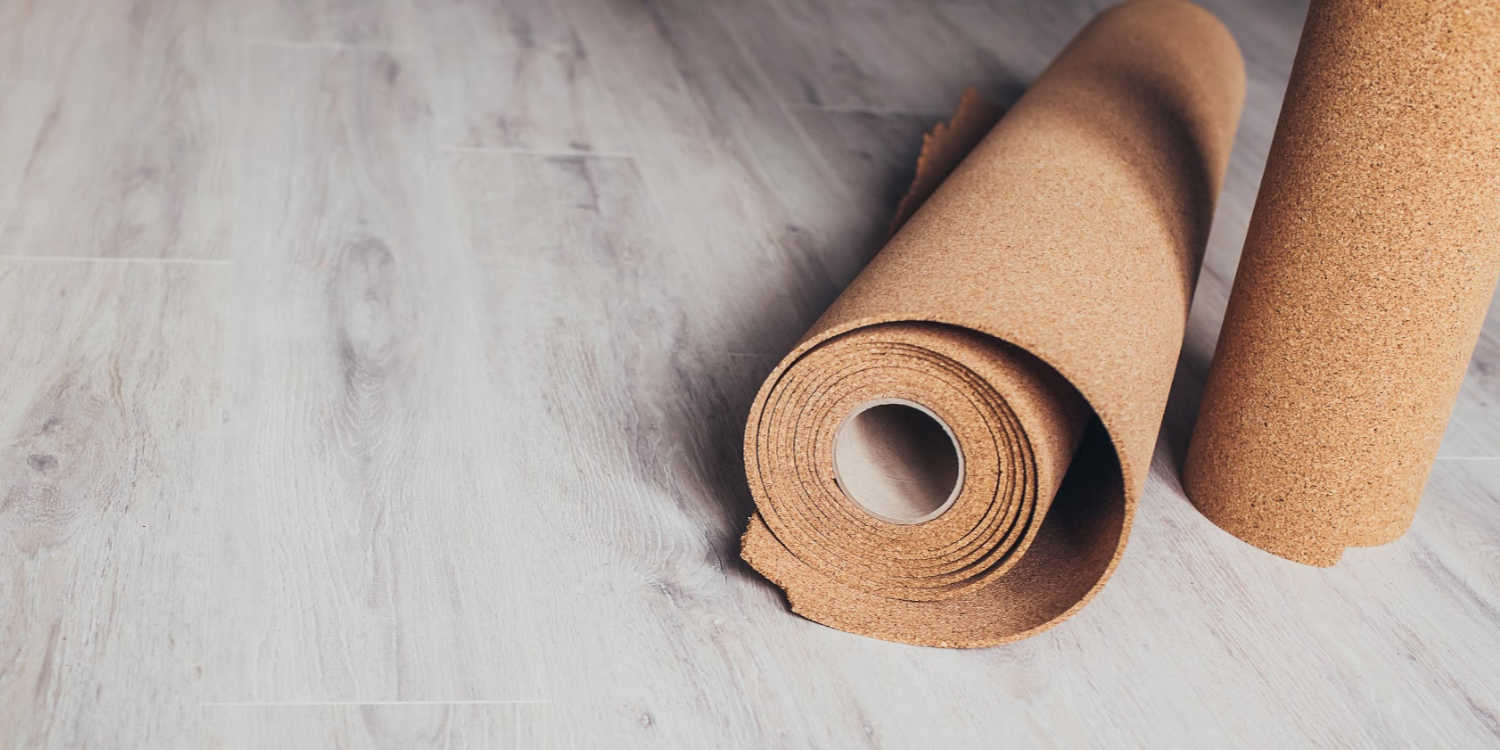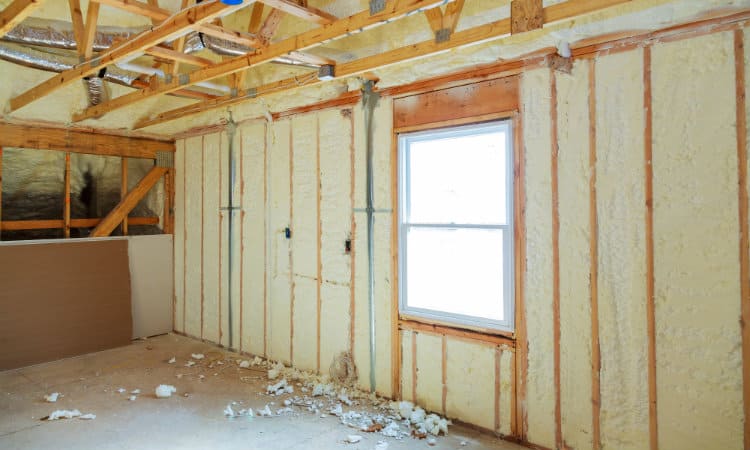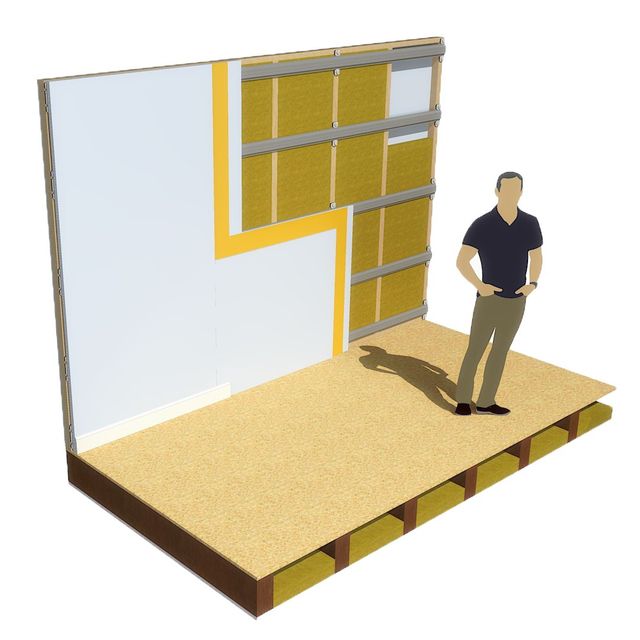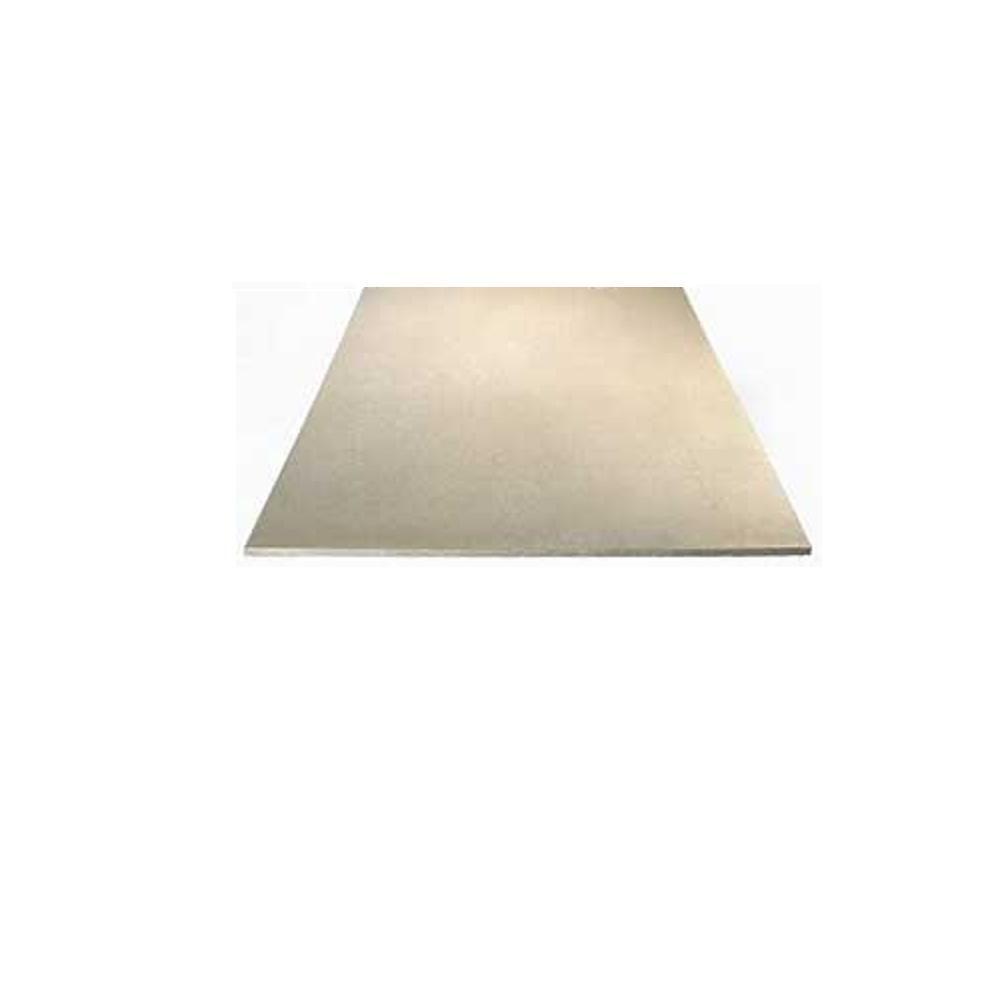How To Make A Sound Barrier Between Floors

3 effective ways to reduce noise between floors the idea here is to separate materials that are attached to each other flooring joists wood furring strips and ceiling panels.
How to make a sound barrier between floors. Materials that stop sound are typically dense heavy thick or in some cases flexible. The right acoustic underlayment will make your room padded and deadened to noise. To counter this problem. Bear in mind that there are various types of sound.
Short of that placing a sound barrier in the open joist spaces between the floors is an effective way homeowners to slow the transmission of noise. For carpeted floors place the acoustic mat first with the acoustic underlayment in between. Note that this sequence of installation is mostly for laminate floors or hard floors. A 12 inch thick brick wall is a good example of a sound blocker.
Despite all their benefits the main downside to hardwood floors is that they don t absorb sound very well. Sound blocking materials prevent noise from traveling through walls ceilings doors windows and floors. This is done is by removing the ceiling drywall and inserting anything from r 13 to r 20 fiberglass insulation in the joist space. Even with your walls and floors fully soundproof sound waves can still travel through your ceiling if it is not properly fortified see figure to the left.
1 optional apply green glue with strips of drywall. Generally speaking they are too dense for noise to travel through them. Even if your household doesn t have pets or children the simple act of walking across the floor in shoes is sometimes enough to disturb other people in the home. The carpet comes in last on top of the acoustic underlayment.
Caa quebec residential advisory services can recommend insulation and soundproofing specialists or help you prepare to do the renovation work yourself if you prefer. Although soundproofing between existing floors can be a bit difficult it is not that different from other soundproofing projects.













































